Cuba The 10 most touristically places, Cuba, a Caribbean island nation known for its vibrant culture, rich history, and stunning landscapes, is a captivating destination for travelers seeking a unique blend of music, history, and natural beauty. From the historic streets of Havana to the pristine beaches of Varadero and the lush valleys of Viñales, Cuba offers a diverse array of experiences. In this exploration, we delve into the ten most touristically renowned places in Cuba, shedding light on the unique attractions that draw visitors from around the world.
1. Havana: Timeless Capital of Contrasts
Havana, the capital and largest city of Cuba, is a city frozen in time, where colonial architecture and vintage cars coexist with vibrant street life and a lively arts scene. The historic Old Havana (Habana Vieja) district, a UNESCO World Heritage site, features cobblestone streets, colorful facades, and landmarks like the Plaza de la Catedral and the Castillo de la Real Fuerza. The Malecón, a seafront promenade, showcases stunning views of the ocean and is a popular spot for locals and visitors alike. Havana’s allure lies in its timeless charm, the pulsating rhythm of salsa music, and the warmth of its people, making it a cultural hub that captures the essence of Cuba.
2. Varadero: Pristine Beach Paradise
Varadero, located on the Hicacos Peninsula, is Cuba’s premier beach destination, renowned for its white-sand beaches and crystal-clear waters. The peninsula stretches into the Straits of Florida, providing an idyllic setting for sunbathing, water sports, and relaxation. Varadero boasts numerous all-inclusive resorts, golf courses, and vibrant coral reefs for snorkeling and diving. The combination of pristine natural beauty and modern amenities makes Varadero a popular choice for those seeking a classic beach getaway in the Caribbean.
3. Viñales: Tobacco Fields and Karst Landscapes
Viñales, nestled in the Pinar del Río province, is a picturesque valley surrounded by dramatic limestone formations known as mogotes. The fertile soil of Viñales supports tobacco cultivation, and visitors can explore tobacco farms to learn about the traditional process of cigar production. The Viñales Valley is a UNESCO World Heritage site, celebrated for its unique karst landscapes, vibrant murals, and the friendly hospitality of the locals. Hiking, horseback riding, and exploring the Cueva del Indio (Indian Cave) are popular activities in Viñales, providing an opportunity to immerse in Cuba’s rural charm and natural beauty.
4. Trinidad: Colonial Gem of the Caribbean
Trinidad, a UNESCO World Heritage site, is a beautifully preserved colonial town that transports visitors to the 18th and 19th centuries. Cobblestone streets, pastel-colored houses, and well-preserved Spanish colonial architecture define the town’s character. The Plaza Mayor, surrounded by historic buildings such as the Palacio Cantero and the Museo Romántico, serves as the heart of Trinidad. The Valle de los Ingenios, a nearby valley with former sugar plantations and watchtowers, adds historical depth to Trinidad’s appeal. The town’s cultural richness, combined with its colonial elegance, makes it a living museum and a must-visit destination for history enthusiasts.
5. Cienfuegos: Pearl of the South
Cienfuegos, often referred to as the “Pearl of the South,” is a coastal city known for its French influence, neoclassical architecture, and a picturesque bay. The historic center, a UNESCO World Heritage site, features elegant buildings such as the Palacio de Valle and the Teatro Tomás Terry. The Malecón, overlooking the bay, is a popular spot for strolling and enjoying the sea breeze. Cienfuegos’ unique blend of architectural beauty, French-inspired urban planning, and a relaxed coastal atmosphere make it a distinctive destination along Cuba’s southern coast.
6. Camagüey: Maze of Narrow Streets and Plazas
Camagüey, one of Cuba’s oldest cities, is a labyrinth of narrow streets, colonial squares, and well-preserved architecture. The city’s historic center, a UNESCO World Heritage site, showcases landmarks such as the Plaza San Juan de Dios and the Catedral de Nuestra Señora de la Candelaria. Camagüey is known for its intricate street layout, designed to confuse pirates and invaders in colonial times. The Casa de las Américas and the Fundación Nicolás Guillén celebrate the arts and literature, adding cultural depth to the city’s charm. Camagüey’s unique urban design and cultural vibrancy make it a captivating destination for those seeking an authentic Cuban experience.
7. Holguín: City of Parks and Gardens
Holguín, located in the eastern part of Cuba, is known as the “City of Parks” for its numerous green spaces and gardens. The Parque Calixto García, surrounded by colonial buildings, serves as the central square of the city. The Loma de la Cruz, a hill crowned with a large cross, provides panoramic views of Holguín and the surrounding countryside. Holguín’s Plaza de la Marqueta is a bustling market where locals and visitors gather. The city’s relaxed atmosphere, cultural events, and natural beauty make it a charming destination off the beaten path.
8. Santa Clara: Revolutionary Legacy
Santa Clara, located in the central part of Cuba, is a city with a profound connection to the Cuban Revolution. The city’s central plaza features the mausoleum of Ernesto “Che” Guevara, a key figure in the revolutionary movement. The Che Guevara Memorial and the Museo Memorial Comandante Ernesto Che Guevara honor his legacy and provide insights into the revolutionary history of Cuba. Santa Clara is also known for its lively cultural scene, including theaters, art galleries, and music festivals. The city’s significance in the revolutionary narrative and its cultural offerings make it a destination that appeals to history enthusiasts and those interested in contemporary Cuban culture.
9. Baracoa: Remote Beauty on the Eastern Coast
Baracoa, situated on the eastern coast of Cuba, is a remote and charming town surrounded by lush landscapes and pristine beaches. The town, founded in 1511, is Cuba’s oldest Spanish settlement. Baracoa is known for its historic sites, including the Catedral de Nuestra Señora de la Asunción and the Fuerte Matachín. The El Yunque peak, a flat-topped mountain, offers hiking opportunities and panoramic views of the region. Baracoa’s isolation, unique landscapes, and the influence of indigenous Taíno culture make it a destination for those seeking off-the-beaten-path adventures in Cuba.
10. Guardalavaca: Tranquil Beach Escape
Guardalavaca, located on the northeastern coast, is a tranquil beach destination with pristine sands and turquoise waters. The Playa Guardalavaca and Playa Esmeralda are popular for water activities such as snorkeling and diving. The region is surrounded by lush vegetation, and nearby attractions include the Bahía de Naranjo Nature Park. Guardalavaca’s serene ambiance and unspoiled beaches make it an ideal retreat for those seeking relaxation and natural beauty.
In conclusion, Cuba’s allure as a tourist destination lies in its unique blend of history, culture, and natural beauty. Each of the ten highlighted destinations showcases a different facet of Cuba’s multifaceted charm, inviting travelers to explore the country’s rich tapestry. Whether wandering through the colonial streets of Trinidad, basking on the beaches of Varadero, or immersing in the revolutionary history of Santa Clara, Cuba stands as a testament to the richness and diversity of the Caribbean’s cultural and natural treasures.


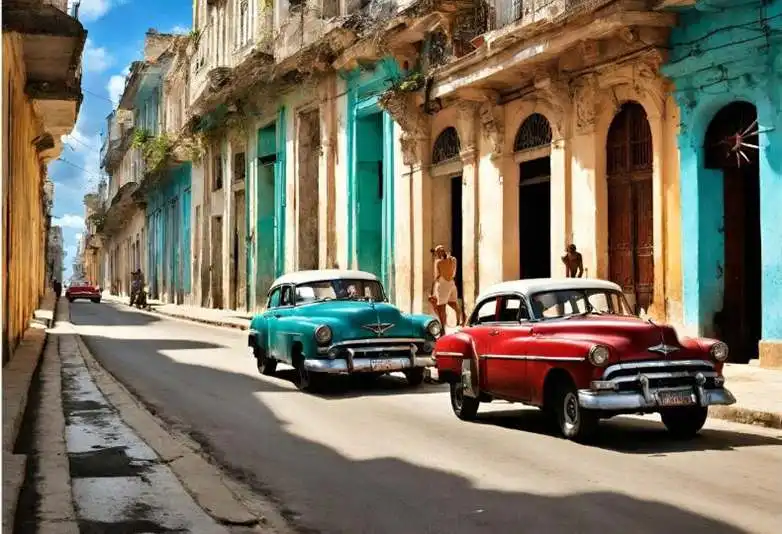
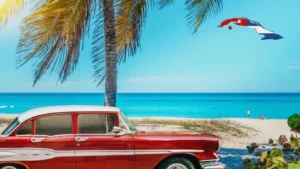




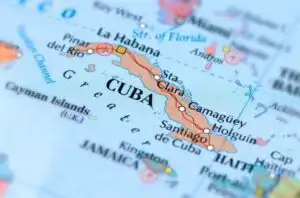

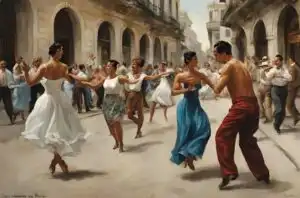


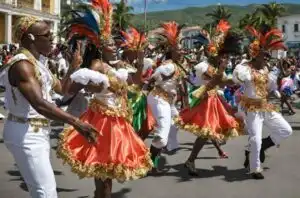
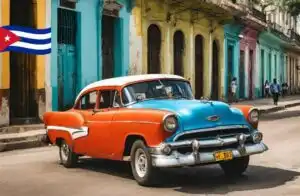
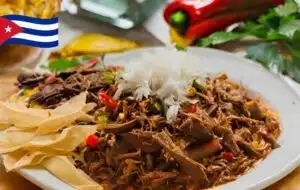

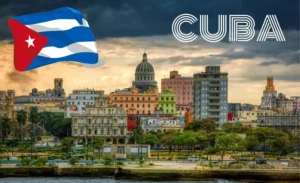













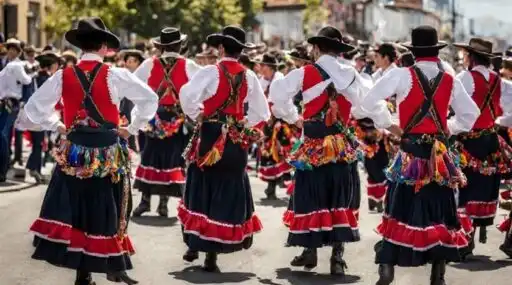






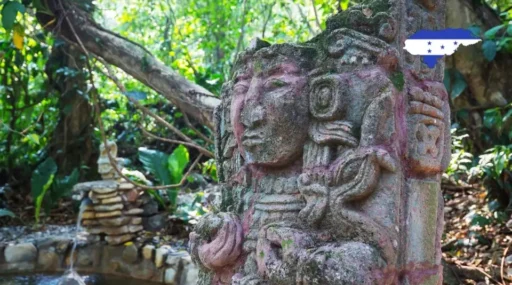









Leave a Reply